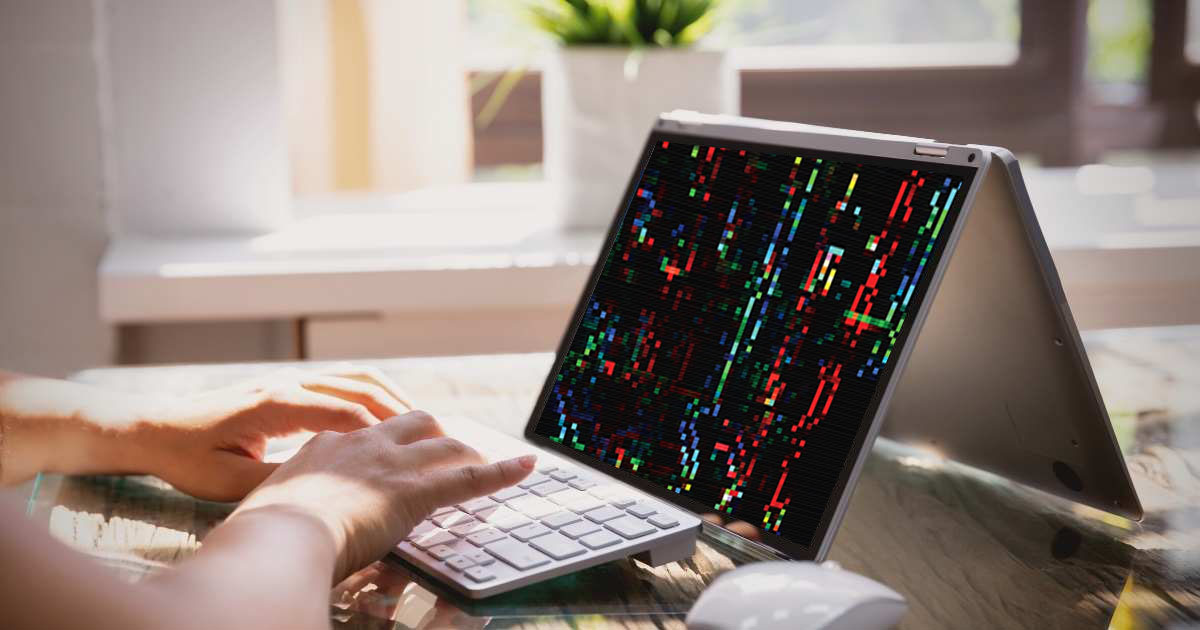
Graphics Card Failure – Classification & General Guide
Graphics cards play a vital role in powering the visual experience of computers, handling tasks related to gaming, multimedia, and graphics-intensive applications. A graphics card is one of the most important components in your computer. It’s responsible for rendering graphics, so if it fails, you’ll be unable to play games, watch videos, or even use your computer for some basic tasks.
There are a number of different causes of graphics card failure. In this blog post, we’ll take a look at the different types of graphics card failure, as well as some general tips on how to prevent it.
Overview of Graphics Card Failures
In this section, we will discuss the importance of graphics cards and the common reasons behind their failures. By understanding the underlying causes, you can better troubleshoot and resolve issues related to your graphics card.
Classification of Graphics Card Failures
This section will delve into the different types of graphics card failures. We will explore overheating issues, driver and software problems, hardware malfunctions, power supply inadequacy, and aging and wear as potential causes of failure.
Overheating Issues | Driver and Software Problems | Hardware | Malfunctions | Power Supply Inadequacy | Aging and Wear
Types of Graphics Card Failure
There are two main types of graphics card failure: hardware failure and software failure.
Hardware failure is the most common type of graphics card failure. It can be caused by a number of factors, including overheating, physical damage, or manufacturing defects.
Software failure is less common, but it can still occur. It’s usually caused by corrupt drivers or incompatible software.
Symptoms of Graphics Card Failure
There are a number of symptoms that can indicate a graphics card failure. Some of the most common symptoms include:
- Screen artifacts, such as lines, dots, or other strange patterns.
- Black screen.
- Computer freezes or crashes.
- Games or other graphics-intensive applications run slowly or poorly.
Troubleshooting Guide for Graphics Card Failures
If you think your graphics card may be failing, there are a few things you can do to troubleshoot the problem.
- Check your drivers. Make sure your drivers are up to date and that they’re compatible with your graphics card.
- Clean your graphics card. Dust and dirt can build up on your graphics card and interfere with its cooling system.
- Reseat your graphics card. Sometimes, a graphics card can become loose and cause problems. Reseat your graphics card to make sure it’s properly connected.
Preventive Measures
There are a number of things you can do to help prevent graphics card failure. Some of the most important tips include:
- Keep your graphics card cool. Overheating is one of the most common causes of graphics card failure. Make sure your graphics card has adequate ventilation and that the fans are working properly.
- Don’t overclock your graphics card. Overclocking can put a lot of stress on your graphics card and increase the risk of failure.
- Update your drivers regularly. Outdated drivers can cause compatibility issues that can lead to graphics card failure.
- Avoid using your computer in dusty or dirty environments. Dust and dirt can build up on your graphics card and interfere with its cooling system.
In the final section, we will summarize the key points discussed in the blog post. By following the classification and troubleshooting guide, as well as implementing preventive measures, you can extend the lifespan of your graphics card and optimize its performance.
If you’re experiencing graphics card problems, don’t hesitate to contact Gala IT Care professional for help. They can help you diagnose the problem and recommend the best course of action.
